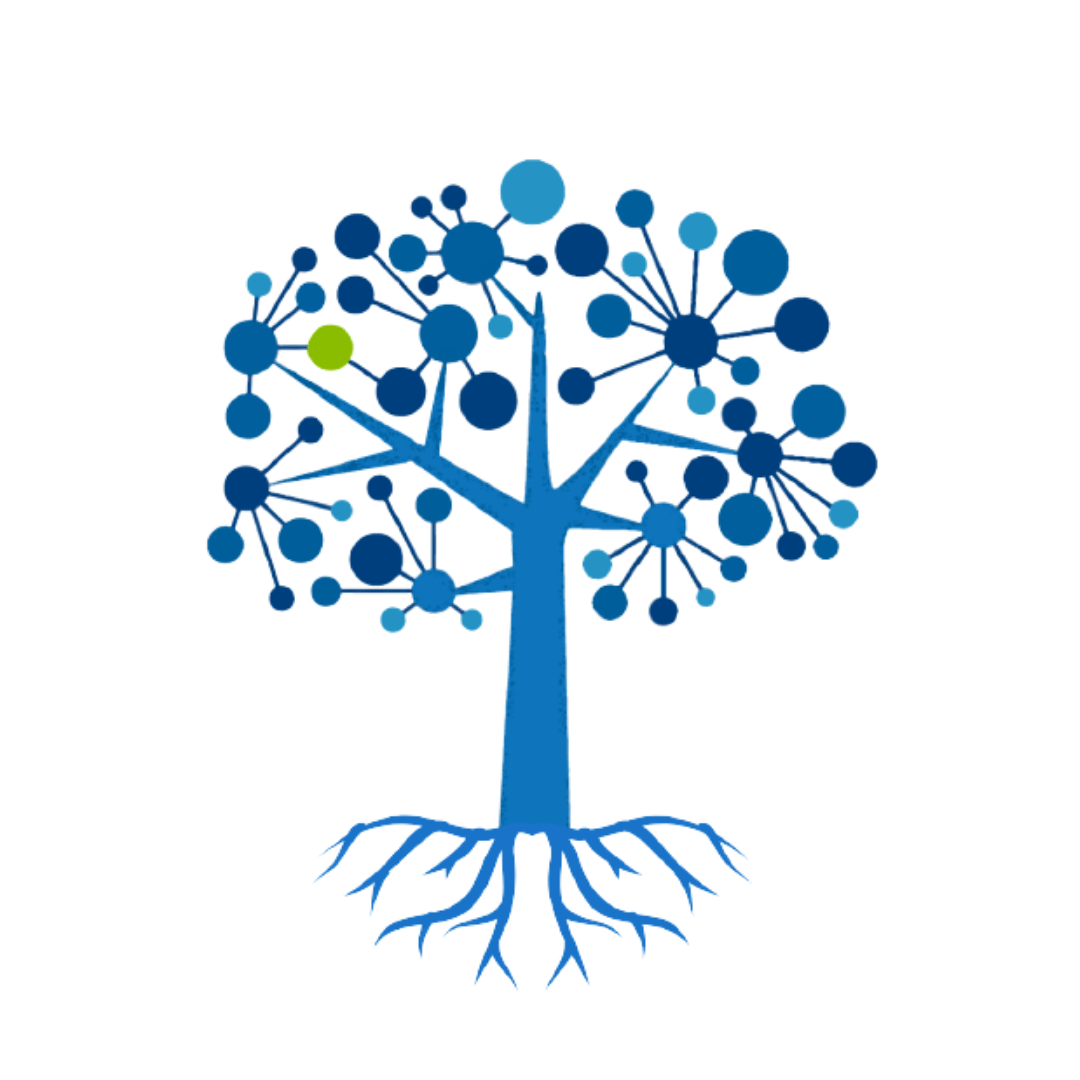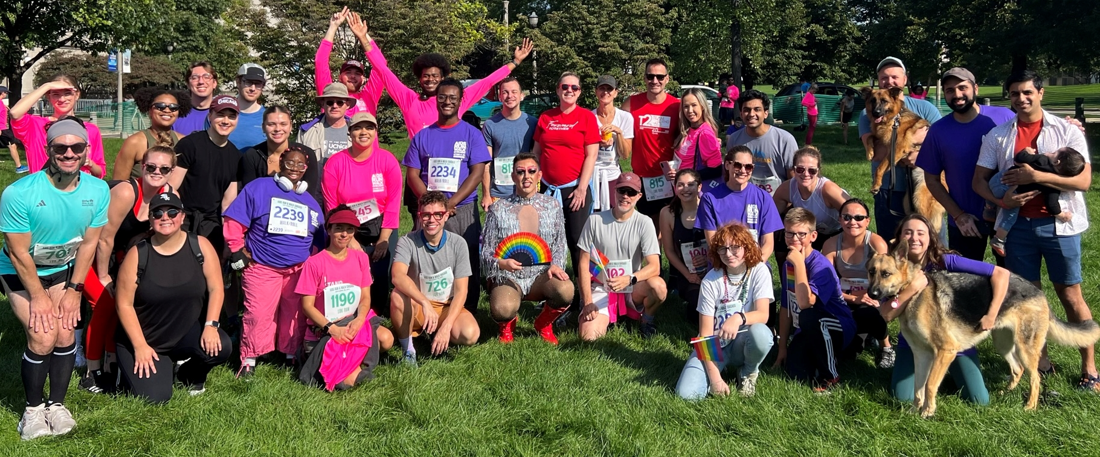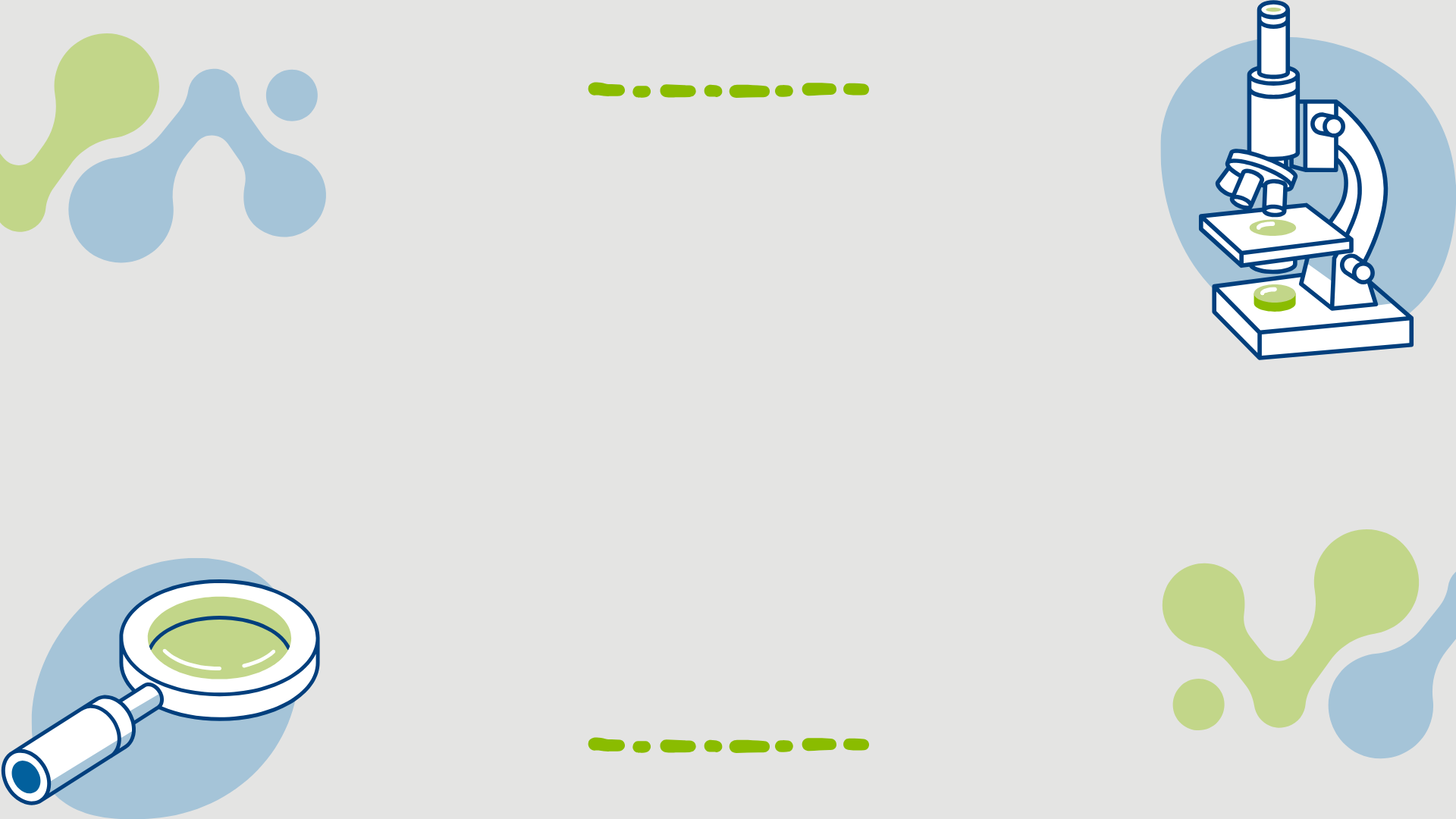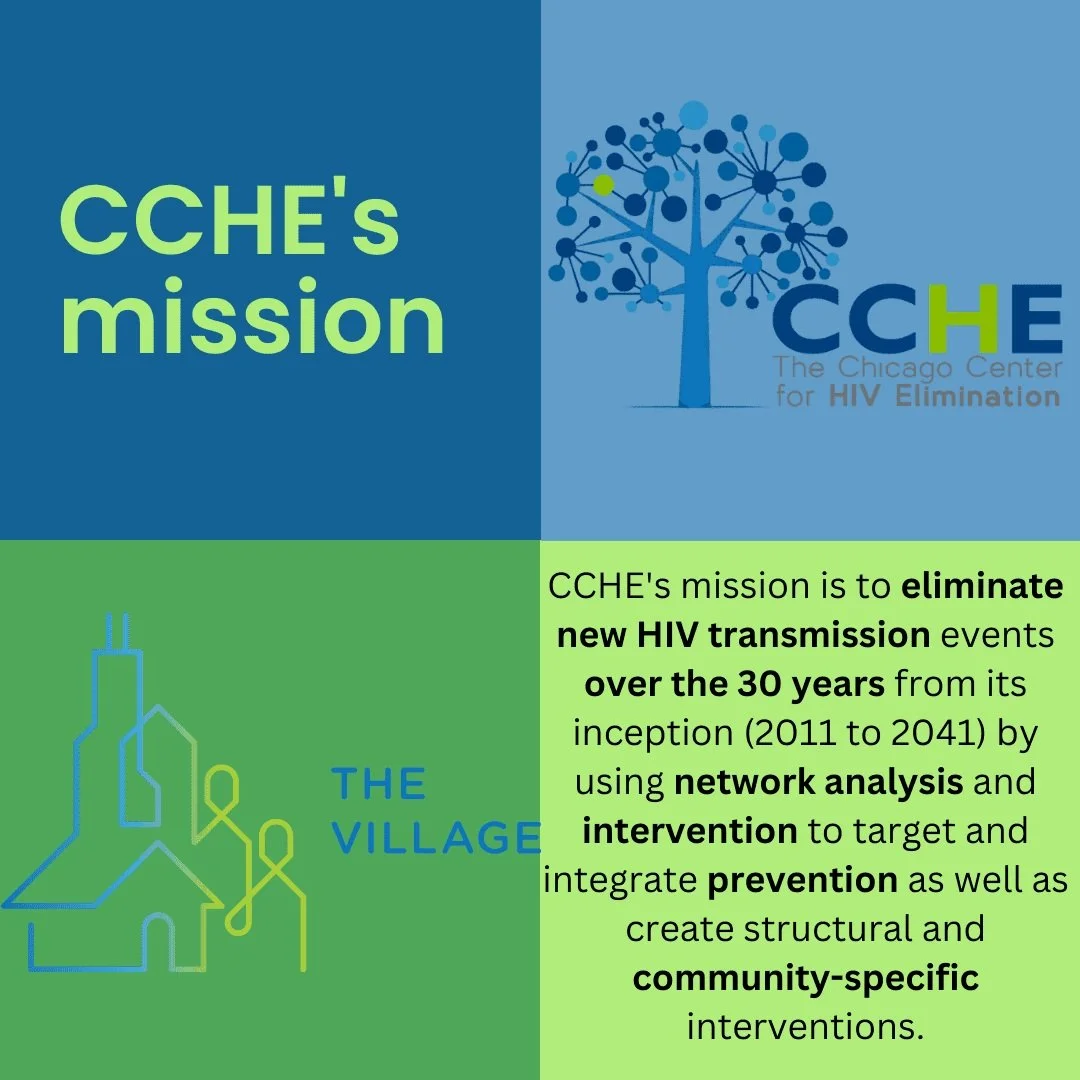The Chicago Center for HIV Elimination is a research and service center dedicated to serving the diverse communities in South Chicago and beyond.
CCHE Reach & Impact
2,113
Clients Served by CCHE
Encounters
1,091
7,110
Research encounters
Services
57
Individuals receiving therapy services
270
One-Day bus cards give by PACT
999
Individuals receiving case management
$27,220
In funds provided for food, hygiene, and household resources
Our Values
-

Accountability
-

Anti-Racist
-

Cultural Humility
-

Ethics
-

Harm Reduction
-

Mental Wellness
-

Pro-Black
-






